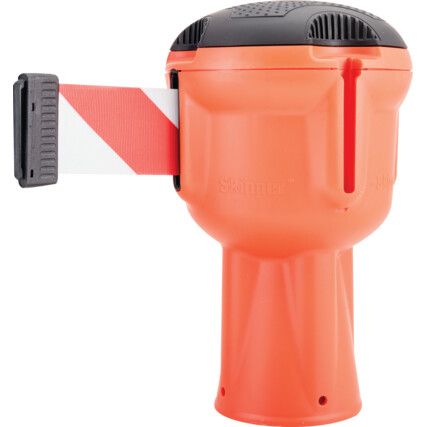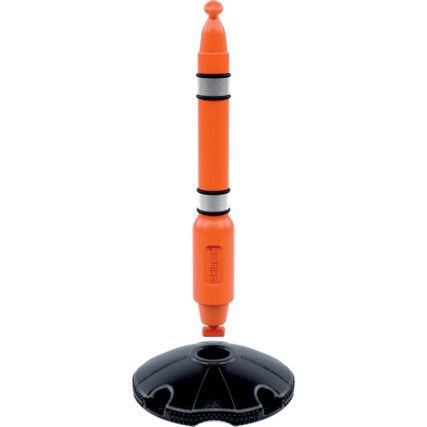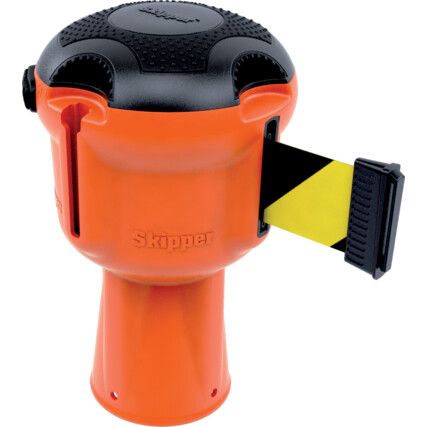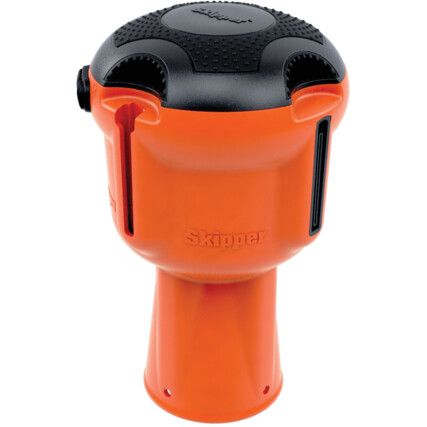Access Barriers
From our patented Z-Barriers to classic post and chain systems, we have a wide variety of access barriers for your needs. With products from national brands QMP, JSP and Skipper™ and our exclusive brand Matlock, you're sure to find the right product for your needs. For information and guidance when choosing Traffic & Site Management products, visit our comprehensive guide.
What are access barriers?
Access barriers are physical devices used to control and restrict entry to specific areas, ensuring only authorised individuals or vehicles can gain access. They are critical for maintaining security, safety, and order in various environments, including commercial properties, parking facilities, industrial sites, and event venues.
Why access barriers?
By law, where there is an obstruction or hazard on a site, it must be effectively cordoned off and precautions taken to ensure the safety of personnel on site. Access barriers are a cost effective and easy way of cordoning off areas to keep your people safe.
When are access barriers used?
Whilst they are useful when a hazard is present, access barriers can also be used to direct the flow of personnel on site and keep your workplace running smoothly.
Access barrier types
We've outlined the most common types of access barriers, to make your selection easier.
• Safety or sceurity barriers - Typically more robust that other forms of access barrier, safety or security barriers are ideal in places where a higher level of blocking of areas is needed.
• Z-Barriers - Patented by Cromwell, Z-Barriers are a highly robust, expandable and collapsable system that allows you to create a barrier by tethering the product between two anchoring points.
• Chain barrier - Usuaully attached to a post and base system, plastic chain barriers are an easy yet effective way of temporarily cordoning off areas to personnel.
• Belt barrier - Often used for marking lanes or creating useful queuing systems, belt barriers are retractable and are paired with cones or some form of post.
• Guard barriers - Used most often to protect equipment or to block personnel, guard barriers are usually made from steel and are affixed to the floor for a more permanent access barrier.
• Verge posts - Found mostly on verges beside roads, verge posts are a handy way of signalling the end of a road or pathway. The reflective strips on them allow them to be highly visible even in the dark.









